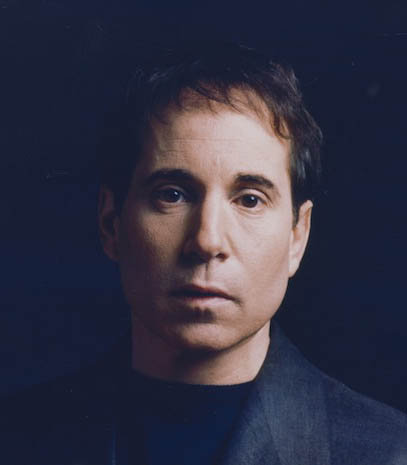Bridge Over Troubled Water Minus One
Super Hot Stamper Simon & Garfunkel Bridge Over Troubled Water • With a nearly Triple Plus (A++ to A+++) side two and a seriously good Double Plus (A++) side one, this copy will be very hard to beat • The sound on this pressing is rich, warm and sweet with an airy, open quality that is very appealing • The toughest Simon & Garfunkel album to find with excellent sound and reasonable surfaces - no contest • 'Perhaps the most delicately textured album to close out the 1960s from any major rock act.' Allmusic, 5 stars Sku #: simonbridg_1710 Our Price: $299.99 Qty.


Along with Merle Haggard, Buck Owens was the leader of the Bakersfield sound, a twangy, electrified, rock-influenced interpretation of hardcore honky tonk that emerged in the '60s. Owens was the first bona fide country star to emerge from Bakersfield, scoring a total of 15 consecutive number one hits in the mid-'60s. In the process, he provided an edgy alternative to the string-laden country-pop that was being produced during the '60s. Later in his career, his musical impact was forgotten by some as he became a television personality through the country comedy show Hee Haw. Nevertheless, several generations of musicians -- from Gram Parsons in the late '60s to Dwight Yoakam in the '80s -- were influenced by his music, which wound up being one of the blueprints for modern country music. Owens was born in Texas, but his family moved to Mesa, Arizona when he was a child, seeking work during the Great Depression.
Bridge Over Troubled Wate. Sprint Layout 5.0 Full Version. Love Minus Zero/No. Stream Bridge Over Troubled Water by Buck Owens & His Buckaroos and tens of millions of other songs on all your. I produced Contest Piece Minus One, Compositions. Sohyang Bridge over troubled water cover high quality 고음질 소향 브릿지 오버.
Owens developed a fervent interest in music as a young child, learning to play guitar in his early teens. He dropped out of high school in ninth grade, working on the farm to help his family, but also spending a significant amount of time learning how to play the guitar. By his late teens, he had an occasional spot on a local radio station, KTYL Mesa, and was playing gigs in honky tonks and clubs around Phoenix with his friend Theryl Ray Britten. When he was 19 years old, he married Bonnie Campbell, who was also a country singer. By 1950, the couple had two sons. Buck and Bonnie Owens decided to leave Arizona in 1951, moving to Bakersfield, California.
In Bakersfield, he became a regular performer in a number of clubs, particularly the Blackboard, where he was the lead singer and played rhythm guitar for Bill Woods & the Orange Blossom Playboys. Soon, he formed his own band, the Schoolhouse Playboys, which also played the Blackboard.
Buck's exposure in Bakersfield led to some session work for Capitol Records, beginning with Tommy Collins' 1954 hit 'You Better Not Do That.' During all of this, Buck and Bonnie grew apart and divorced in 1953; they remained friends and shared custody of their children. Between 1954 and 1958, Owens played guitar on a number of Capitol country records produced by Ken Nelson, including some by Faron Young, Tommy Sands, and Wanda Jackson. Occasionally, he was a session musician at the local Bakersfield studio Lu-Tal, run by Lewis Talley. Owens made his first solo recordings at Talley's studio in 1956, cutting ten songs for an independent label called Pep. The singles -- which included the often-covered 'Down on the Corner of Love' and 'Sweethearts in Heaven,' as well as two rockabilly sides released under the name Corky Jones -- were unsuccessful, yet they attracted the attention of many country music business insiders. Around this time, Owens met Harlan Howard, a struggling country singer/songwriter. Siouxsie The Rapture Rar on this page.